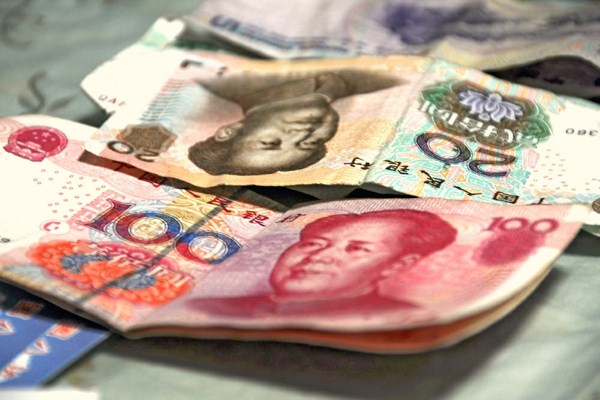Earlier this month, the United Kingdom and China announced the upcoming issuance of a U.K. government bond denominated in yuan, making the U.K. the first Western government to borrow in China’s currency. British and Chinese authorities noted that the funds raised by the bond will be used to add yuan to the U.K.’s foreign exchange reserves. While there was no indication as to how much London was looking to borrow, the move alone is a significant milestone for Beijing.
Five years ago, the yuan had virtually no presence outside of China’s borders. But each year since, the currency has taken on a larger international role. The yuan has great potential as a global currency that may one day catapult it alongside or even atop the U.S. dollar as the world’s most internationalized money, with important economic implications for both the U.S. and China. Yet political and economic factors may prevent the yuan from rising that fast or that far.
The history of the dollar’s own rise is a useful foil for the yuan today. In his recent book, “Exorbitant Privilege: The Rise and Fall of the Dollar and the Future of the International Monetary System,” economist Barry Eichengreen notes that the dollar found its first international foothold as a trade settlement currency around 1914. It then established itself in international financial markets as foreign firms and institutions began buying and selling dollar-denominated bonds in New York. Finally, the dollar gained wide acceptance among central banks as a reserve currency—the apex of a currency’s global stature. Indeed, by 1924, just 10 years after its initial debut, the dollar had surpassed the once dominant British pound sterling as the world’s top international currency.

